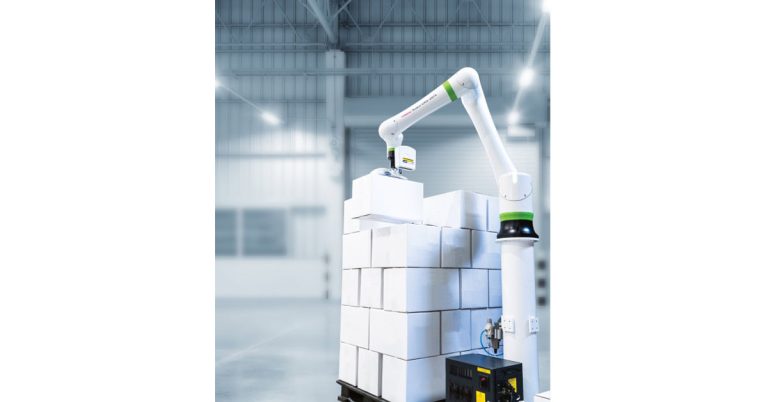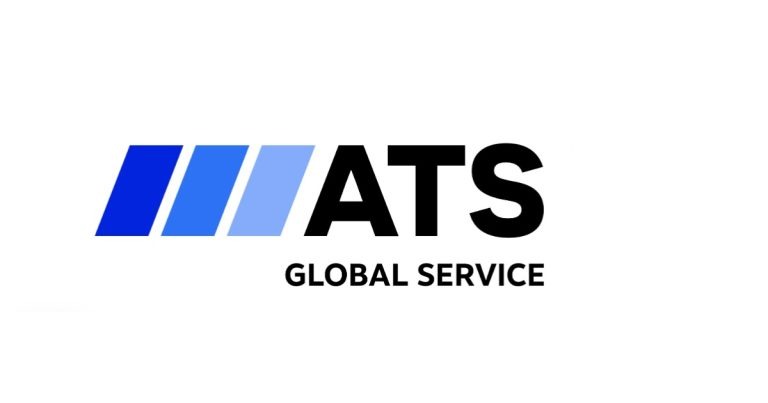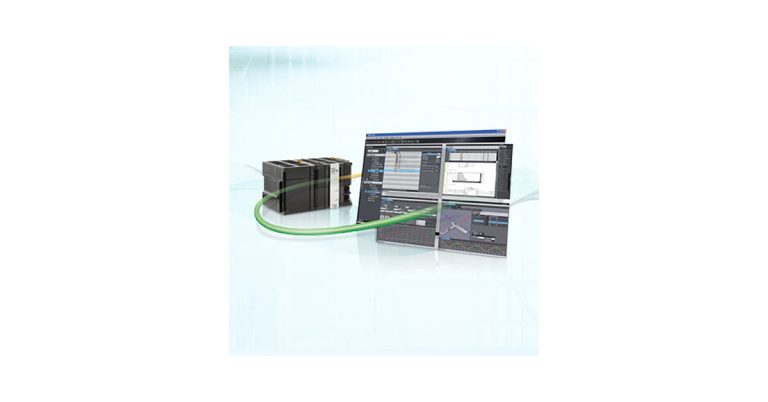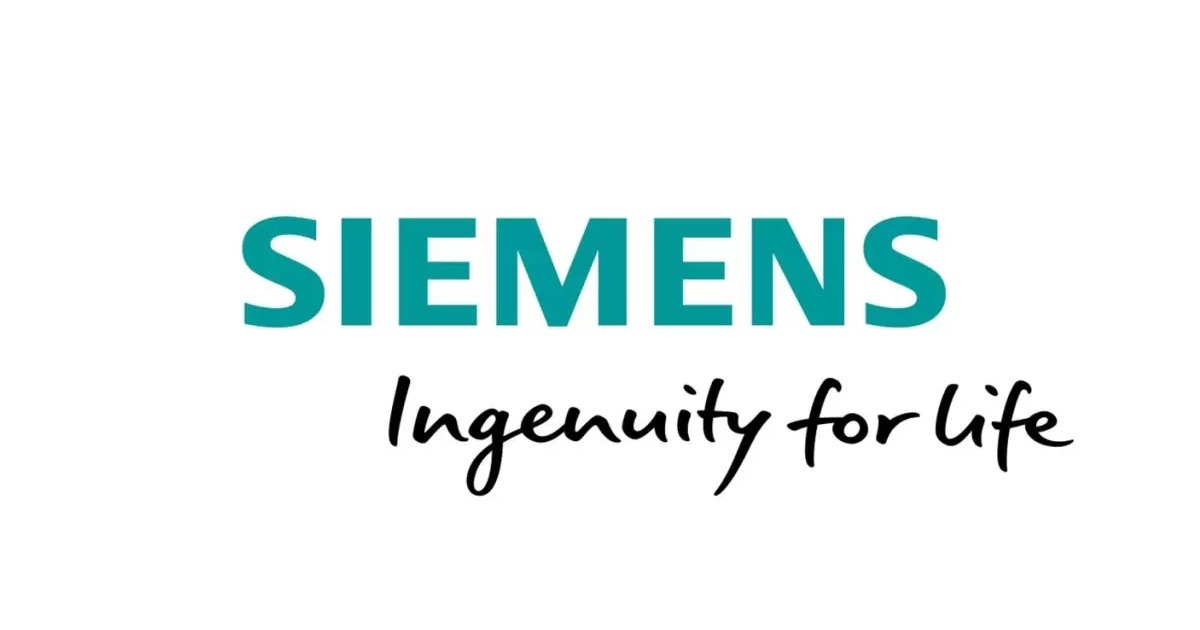How Collaborative Robots Fit Into the Production Facilities of the Future
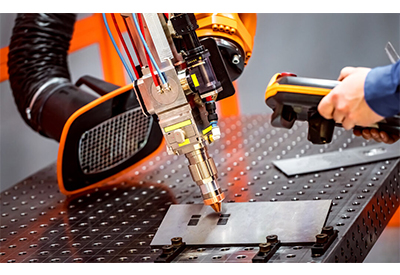
March 9, 2020
The relationship between humans and robots in manufacturing is constantly evolving. Technology advancements and safety improvements have made it possible for manufacturers to move robots out from behind the cage to interact more closely with workers. Depending on the type of application, this collaboration can open new possibilities for increased productivity, efficiency, and flexibility.
That said, collaborative robots, or cobots, are not going to replace traditional robots entirely. Instead, cobots serve as just another tool in the toolbelt when determining the right equipment to implement on the factory floor. While collaboration between robots and humans will undoubtedly play a role in the future of manufacturing, how this looks will depend on the needs of each individual company.
Collaborative robots – an evolution of robotics and automation
As the name suggests, cobots are designed to work side-by-side with people on the factory floor and complement a human worker. They can be thought of as an assistant, lifting heavy objects, handling repetitive motion, or completing difficult and complex tasks that are unsuitable for human workers.
In 2018, cobots only made up around 3 percent of total robots installed in factories. They are, however, one of the fastest growing segments in robotics. One estimate suggests that the market for cobots will exceed $11 billion by 2030, representing 29 percent of the total industrial robot market.
It’s this growth that’s made cobots one of the biggest buzzwords in the industry today. Cobots have been positioned as everything from the replacement to traditional robots to the future of manufacturing as a whole.
However, when looking at technology, manufacturers need to be able to step back from the hype and evaluate it based on how well it aligns with their specific applications. While cobots bring increased flexibility, they also generally must operate at slower speeds due to safety regulations. Similarly, anything with a sharp edge or pinch point, such as a cutting tool or press, poses a significant risk if a worker gets too close. Even a standard robot arm, which may seem like a good fit for a cobot, may not be if it’s lifting heavy or large objects that could be dropped or swung near workers or other equipment.
Instead of viewing cobots as a replacement to more traditional robots, manufacturers should instead view them as an evolution of the technology. Cobots are, ultimately, still robots, and deciding when to use them comes down to whether they fit in the production process.
The safety features making collaboration possible
Robotics technology is constantly improving, and new safety features are making increased collaboration between humans and robots possible in the right applications. Integrated sensors, passive compliance, and overcurrent detection are all designed to stop motion if a robot detects a collision, while safety light curtains can create an invisible “cage” around a robot. Using a mix of sensors and lasers, the robot can know where people and other machines are and slow down, stop completely, or even back away if it detects something in the zone.
These type of safety features make a hybrid approach possible. Manufacturers can deploy more traditional robots equipped with light curtains for applications that require moderate speeds but still need to be accessed by people. Dangerous, high temperature, or high-speed processes can still be behind cages, while cobots could be used for processes that require closer collaboration.
In the end, any type of interaction between humans and robots will lead to more safety planning, supervision, training, and risk, while likely requiring slower speeds. Companies deciding whether to take a collaborative approach should be aware of these hidden costs and ensure that their equipment meets or exceeds required safety regulations.
Designing the right approach to collaboration
Like any new technology, it’s easy to get caught up in the hype before fully understanding the advantages and disadvantages as they relate to your application. Collaborative robots represent another option for manufacturers with the right type of applications, while new safety features have made traditional robots more suitable to interacting with people and coming out from behind the cage to play a more integrated role in the production process.
When deciding whether or not to implement collaborative robots, manufacturers should take a design first approach to understand their facility, identify where improvements can be made, and determine how changes to one area impact the process as a whole before deciding on the best way to achieve those benefits.

